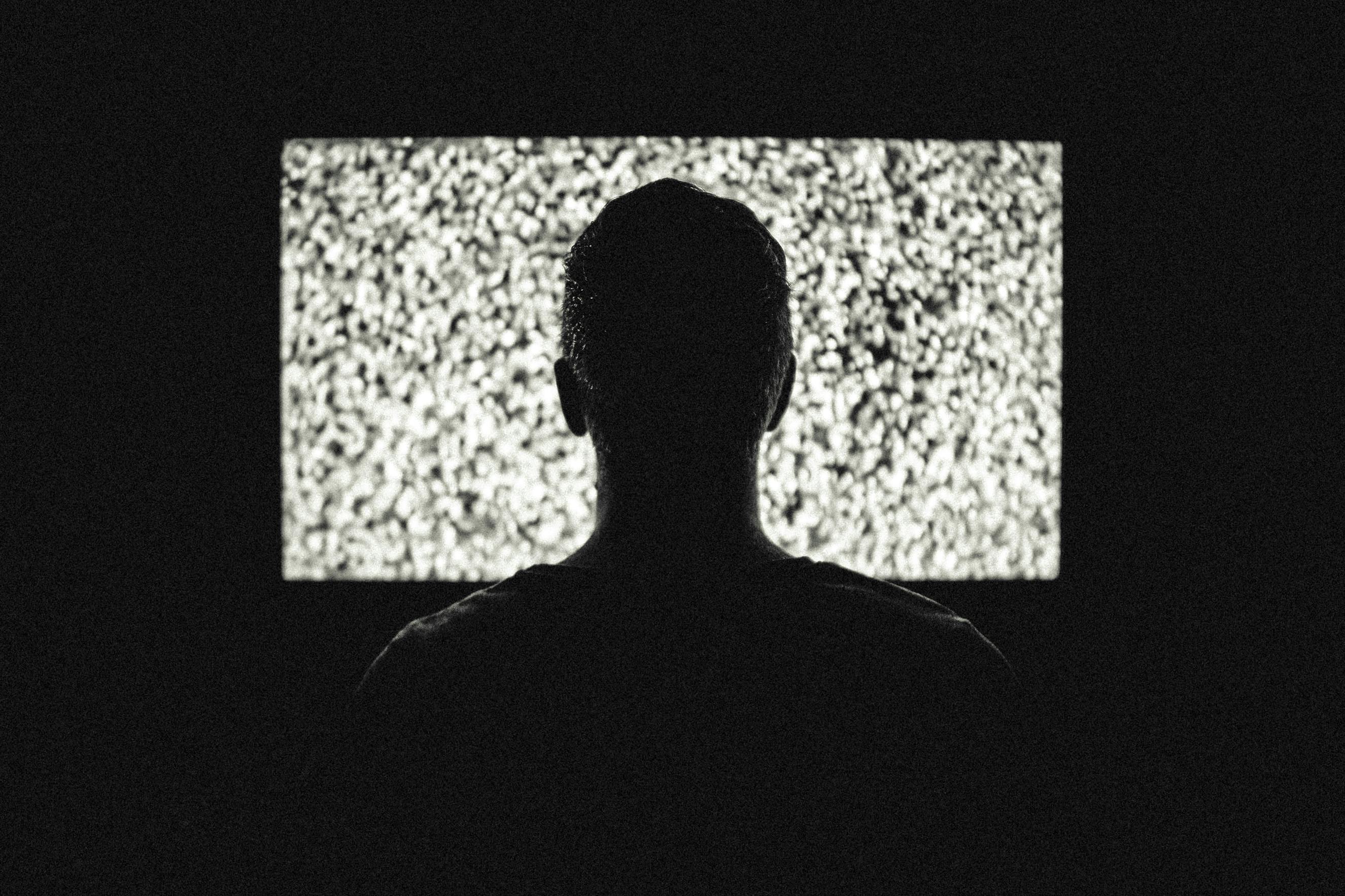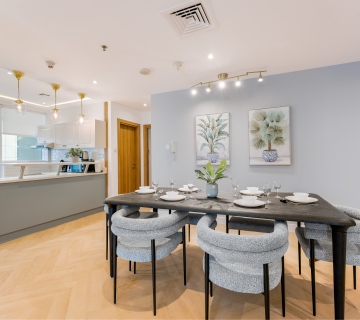
Become Familiar with the Process
One of the easiest ways to become more comfortable in front of the camera is to spend as much time there as possible. This doesn’t have to mean going out and buying expensive equipment; you can use a smartphone or webcam to get comfortable. Set aside time each day to practice recording and then watch the videos with a critical, yet kind, eye. After all, this is a learning process, and you don’t need to be perfect, just comfortable. As the process becomes more familiar and less intimidating, you will also become more relaxed.
Imagine the Camera is Your Friend
Talking to an inanimate object may feel awkward and strange: so pretend that you are talking to a friend or a client. Being specific about who you are talking to will help you with your delivery, as well as take your focus off of yourself, which will result in making you less self-conscious. When you look directly into the camera, imagine you are making eye-contact with a person. If that feels too awkward, have a friend stand directly next to the camera so that their eyes are at the same level and speak directly to them.
Rehearse, Rehearse, Rehearse
Having what you are going to say mapped out will go a long way towards making you feel more comfortable once you’re standing in front of the camera. So unless you are recording a pitch you have given many times, you will need to be working from a script. If you’re going to be taping a scripted message, make sure you take the time to practice so that you are comfortable with it. Read it out loud several times and try looking at your paper less and less each time. You aren’t trying to memorize but to familiarize yourself with the main points of your script. If there are sections you find yourself stumbling over, practice slowing down your delivery. Learn your key points and the order in which you’ll talk about them as best you can before you begin shooting, but if you need to reference your outline or script during your shoot that’s okay too; you can edit out mistakes when it comes time to make your video. Simply become comfortable enough with it that you know the main points and can speak naturally during filming. That general familiarity will go further than explicit memorization — remember that you want this to feel as close to a conversation as possible, and equip yourself to have that conversation.
Take a Deep Breath & Relax
If you are doing the recording yourself, don’t rush into your message. When you first turn on the camera, let it run for a moment and take a deep breath. Let it out slowly, and then begin when you are ready. If you are nervous you may end up rushing into your message and then you may end up speaking too quickly and coming across as unprepared or you may end up bombarding your audience with a string of facts and opinions. The more relaxed you are in your delivery, the easier it is for the audience to understand you and the more impact your message will have. Remember to take it slow. People tend to speed up their speech when they are nervous, so aim to speak a little slower than normal and it should be perfect. Remember that once you finish recording, you can edit. If the camera runs for a minute before you ease into your message, that’s fine — just cut off the first 45 seconds and no one need ever know.
It’s Not About You
Some people are uncomfortable while being recorded because they get self-conscious about the way they look. It’s important to remember that this is true for literally everyone. When someone lands on your video, they’re more interested in what you have to share than anything you might be anxious about. Just focus on the value of your message, and your audience will, too.
Dress for Your Audience
The first step to feeling comfortable on camera is feeling comfortable with yourself. If you’re not happy with what you see in the mirror, then you won’t be happy with what you see on camera. Choose clothing you feel comfortable in; get your hair and makeup in a state you feel good about. Make a point of choosing an outfit you feel comfortable in and looks put-together. Remember to consider your target audience. Wear something that conveys the image you’re trying to present and doesn’t detract from the message that you’re sharing. A suit might be appropriate for a professional video, for instance, while a chef might wear their work clothes.
Body Language
If you can, place a large mirror a few feet behind the camera so that you can periodically check in on your body language. This could prove distracting for you so keep in mind it could do more harm than good. If it is necessary for you to move in your video, place markers on the floor so that you know exactly where to stop before you go out of frame. Be conscious of any distracting mannerisms or bad habits you have and actively monitor them. These include such things as clearing your throat, tapping your foot, shifting back and forth or saying filler words.
Some of the best tips money can buy are actually free, from other people who are or have been in your exact situation. Become active in communities of marketers like Kreativa or look around for leading video bloggers in your sphere. Even checking out the competition will likely produce a few pieces of actionable intelligence. Whatever your level of experience or expertise, there is much you can learn from folks who share your marketspace.




